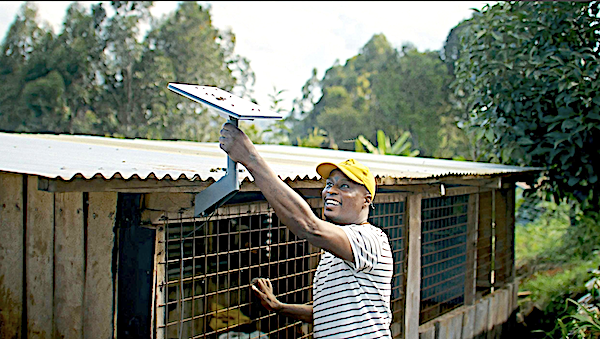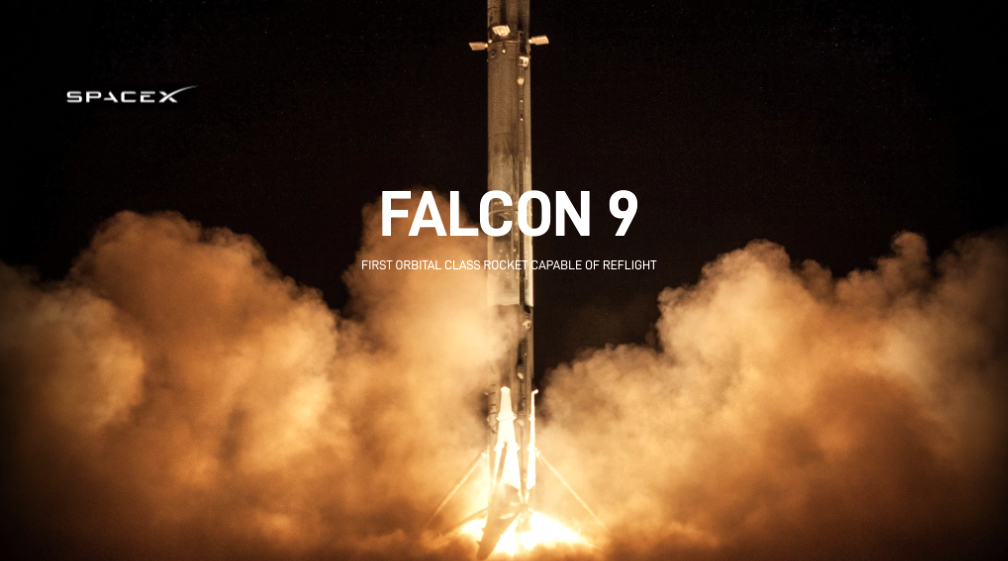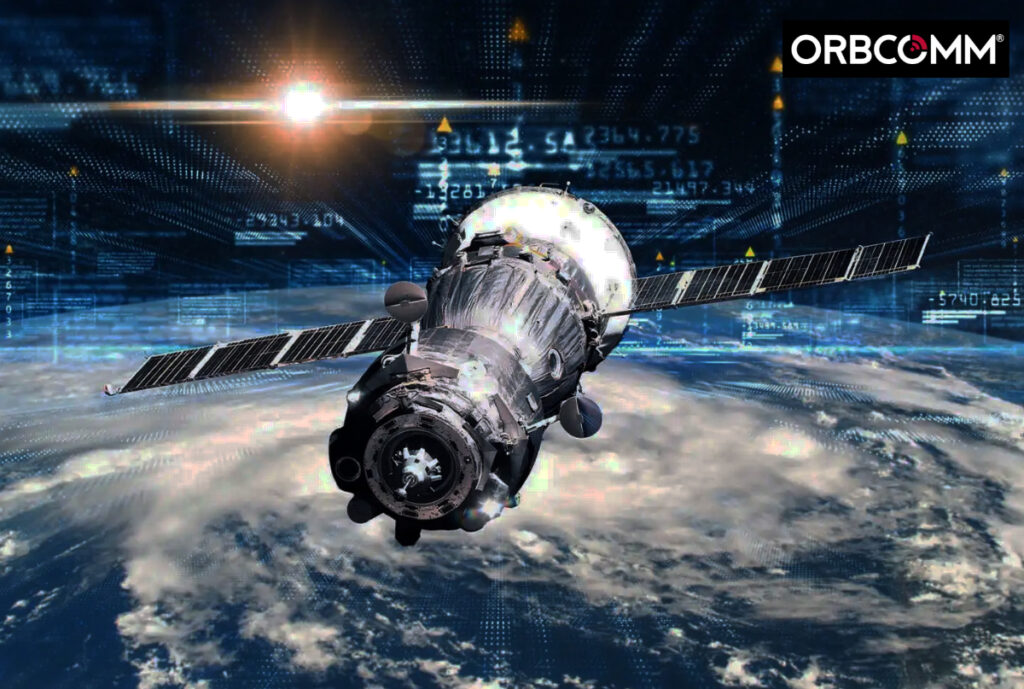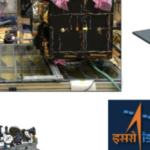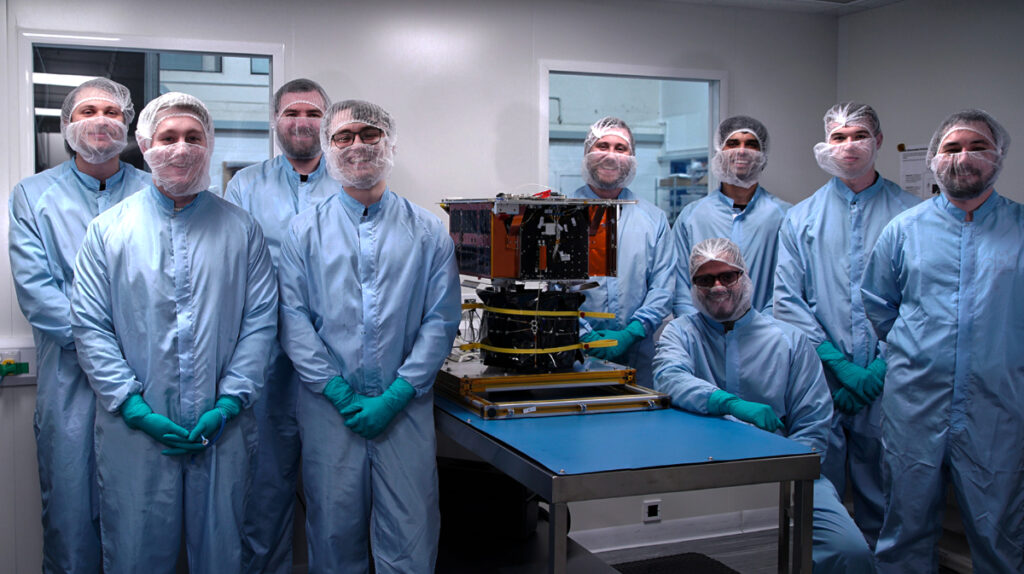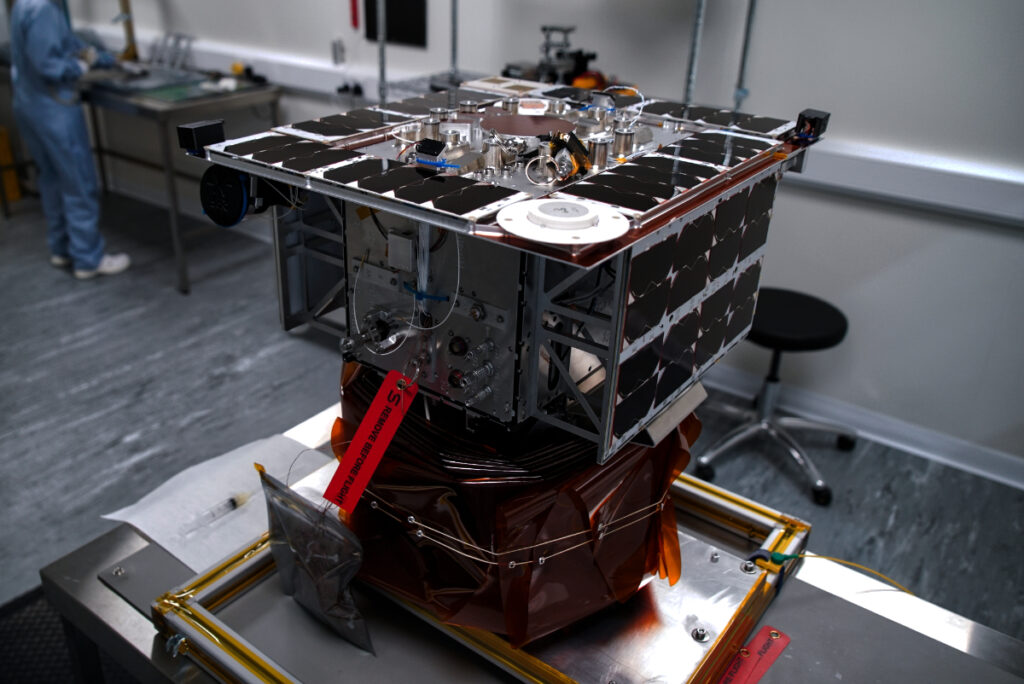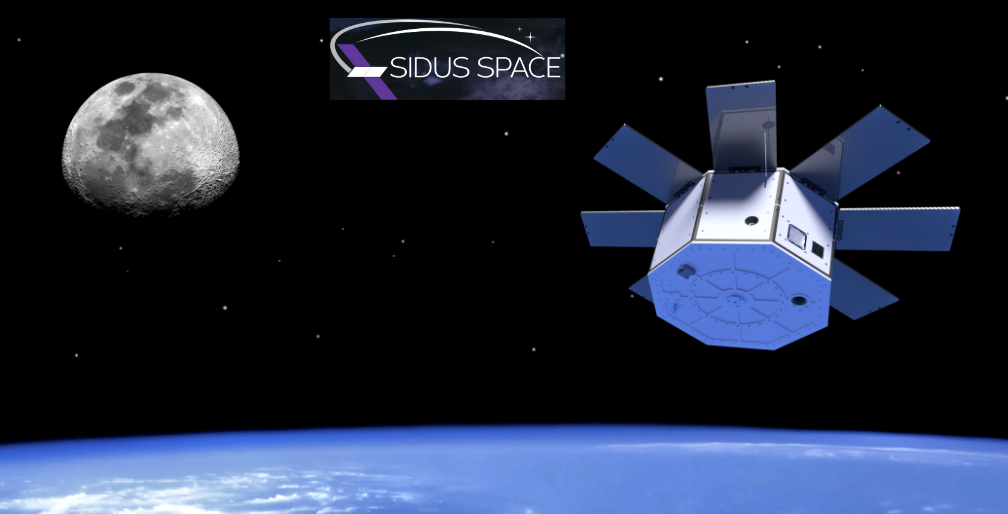
Sidus Space (NASDAQ: SIDU) has received a Notice of Allowance of U.S. Patent Application Serial No. 17/828,233, titled System for a Modular Satellite Testing Platform. This patent application is directed to the structural elements of the LizzieSat® satellite, of which Sidus Space has successfully launched three satellites that are currently on-orbit. This patent reflects Sidus Space’s continued innovation in satellite technology, enhancing mission flexibility and scalability across government, defense, intelligence and commercial applications.
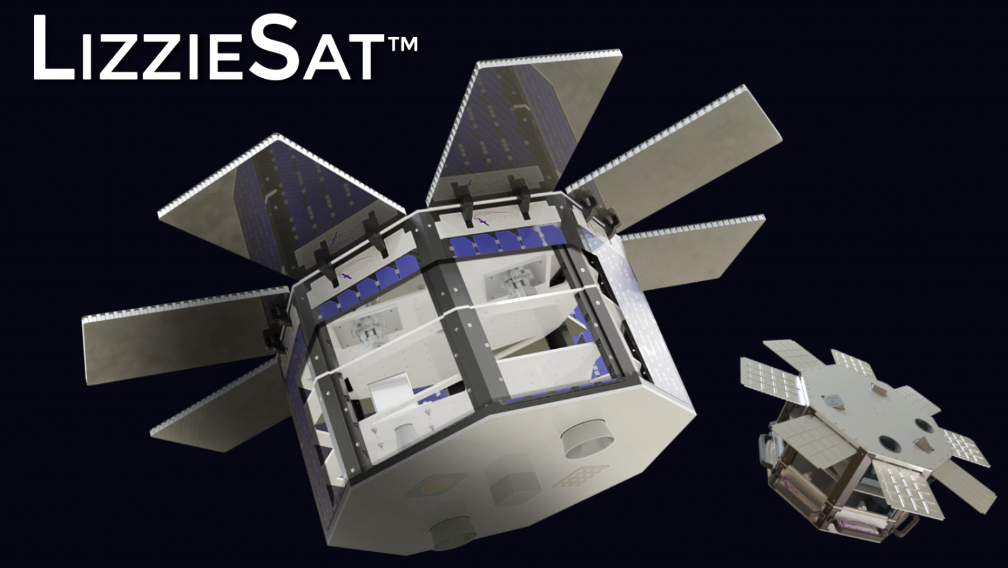
The system introduces a modular approach to satellite command and data processing, allowing operators to configure and reconfigure system components based on specific mission needs. This innovation improves processing efficiency, enhances redundancy, and simplifies the integration of new payloads—key advantages for space missions requiring adaptability and cost-effective operations.
With a heritage of spaceflight-proven technology and vertically integrated capabilities, Sidus Space delivers end-to-end satellite solutions, from design and manufacturing to launch and on-orbit operations. The company holds a robust intellectual property portfolio, with 13 granted U.S. patents, 1 patent application that has been allowed, but not yet granted, 6 additional pending U.S. patent applications, and 5 patent applications pending in foreign jurisdictions to support international growth of Sidus Space.
This patent represents a significant milestone in our mission to deliver innovative and adaptable solutions for the space industry,” said Carol Craig, CEO of Sidus Space. “This advancement aligns with our commitment to delivering scalable and customizable solutions, from satellites to technology to data, that meet the evolving demands of the space industry and our customers.







